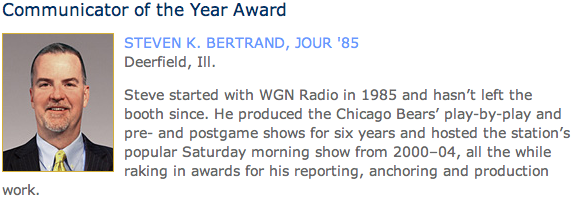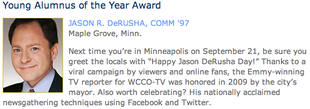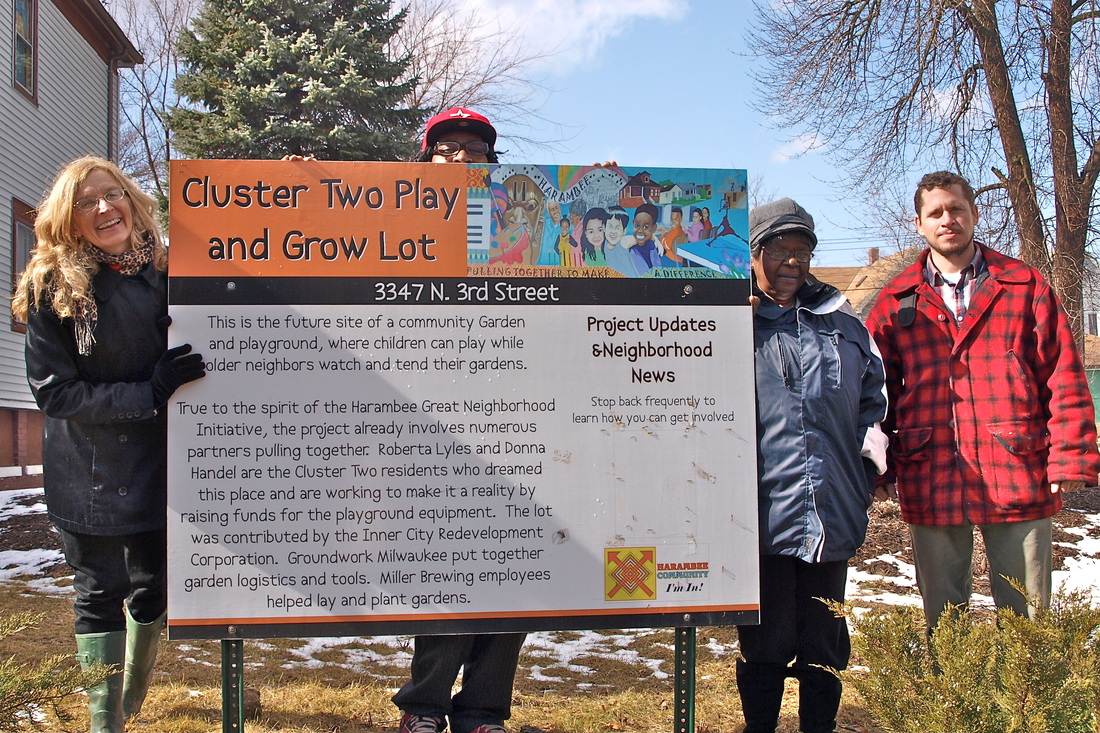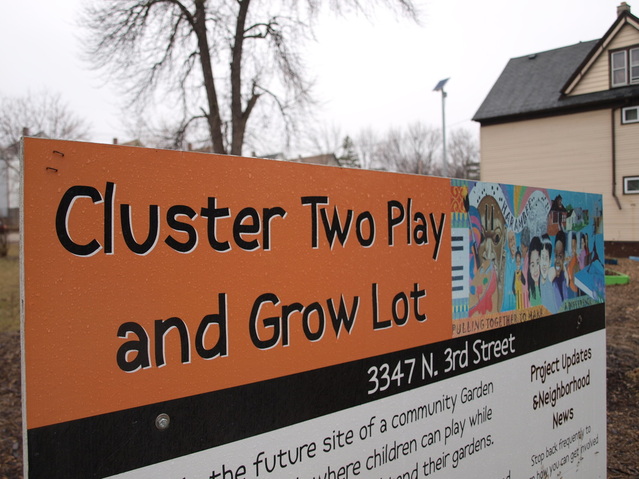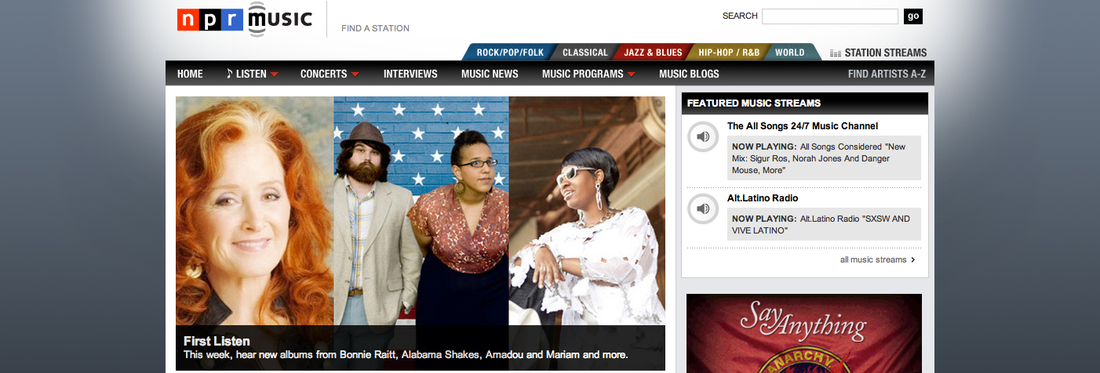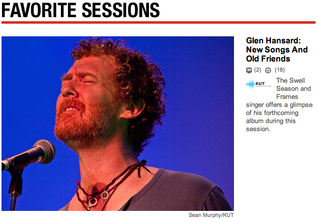I got bumped. Not off a flight or while holding a cup of coffee, but instead from a makeup chair at the Waldorf Astoria last Monday morning.
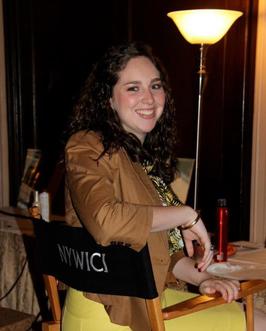
As the New York Women in Communications Foundation Alumna of Excellence Award Scholarship Winner, I was getting my makeup touched up for the foundation's annual event, the Matrix Awards, where myself and the 18 other scholarship winners would be presented to the organization. The makeup artist said to me, "Hun, I'm telling you now, if a V.I.P. comes, you're getting bumped." I chuckled, said that it would not be a problem, as I was a scholarship winner and relatively low maintenance anyways.
As she leans over to grab some eye shadow, another woman comes over to say that The Wall St. Journal's Peggy Noonan had arrived. The makeup artist reluctantly looked at me and I immediately jumped up.
As she leans over to grab some eye shadow, another woman comes over to say that The Wall St. Journal's Peggy Noonan had arrived. The makeup artist reluctantly looked at me and I immediately jumped up.
In fact, I was excited to be bumped by a famed columnist who was being presented with a Matrix Award, an honor which highlights women that have greatly impacted the communications industry. The honorees this year included Noonan, Better Homes and Gardens editor-in-chief Gayle Butler, Disney chief communications officer Zenia Mucha, actress Glenn Close, model and business woman, Tyra Banks, the CEO of Starcom, Laura Desmond, the Today show's Ann Curry, and producer Maria Cuomo Cole.
I was fortunate enough to meet several of these women. They could not have been nicer. Maria Cuomo Cole took an interest in my career path in sports, while Glenn Close gave great advice about not hiding your femininity in the workplace.
After having her makeup completed, we all met Noonan in the ballroom during our rehearsal. Even though she was the big award winner, she wanted to make the scholarship winners feel comfortable at the event. She discussed her career with us and how public speaking scared her and Zenia Mucha. She seemed like she could be one of us with her elegant tan pantsuit. And I thought I was low maintenance.
I was fortunate enough to meet several of these women. They could not have been nicer. Maria Cuomo Cole took an interest in my career path in sports, while Glenn Close gave great advice about not hiding your femininity in the workplace.
After having her makeup completed, we all met Noonan in the ballroom during our rehearsal. Even though she was the big award winner, she wanted to make the scholarship winners feel comfortable at the event. She discussed her career with us and how public speaking scared her and Zenia Mucha. She seemed like she could be one of us with her elegant tan pantsuit. And I thought I was low maintenance.

